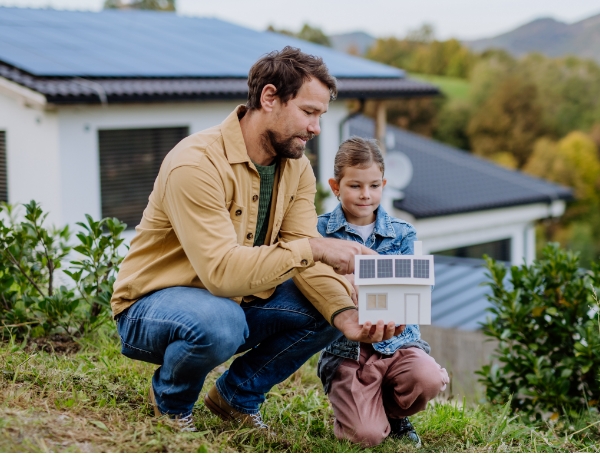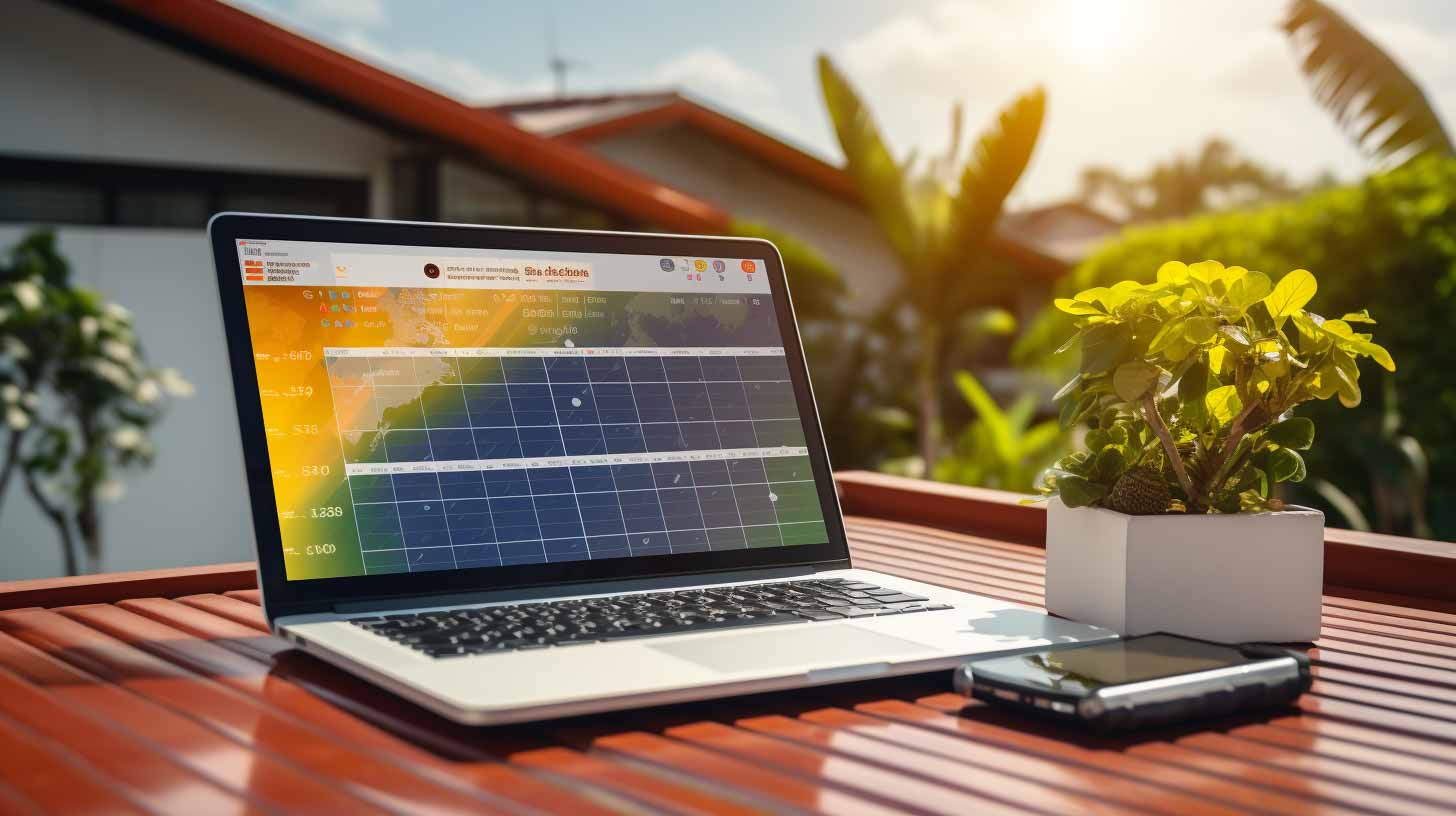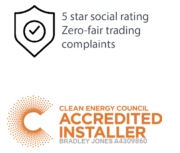Helping Families Escape the Grip of Rising Energy Costs Through Solar Energy
Guiding families to embrace their energy independence; enabling Australians to take control over the way their electricity is generated and paid for by making what can be a complicated process very, very, simple.

4,000+
Residential installs
$85M
Customers save every year
1,000+
Businesses Trust Lamora
"The service was fantastic."
“Not pushy, just factual and i am happy to have paid for a quality product that will no doubt see a healthy return on my investment. Cannot recommend Lamora highly enough.”
- Matt Kemsley

Rising Energy Costs Straining Your Households Budget?

We recognise the stress that can be caused by rising energy bills. No family should have to fret over their energy usage. That’s why we offer a sustainable solution: harnessing the abundant power of solar energy.
By going solar, you not only shrink your carbon footprint but also secure substantial, long-term savings on your energy bills.

Rising Energy Costs Straining Your Households Budget?
We recognise the stress that can be caused by rising energy bills. No family should have to fret over their energy usage. That’s why we offer a sustainable solution: harnessing the abundant power of solar energy.
By going solar, you not only shrink your carbon footprint but also secure substantial, long-term savings on your energy bills.
Start Slashing Your Bills With Solar Energy.
Picture a future where you’re not just a consumer of energy, but its proud owner. With our advanced solar solutions, you can transform your home into a renewable energy powerhouse.
By embracing solar, you’ll break free from the grip of unpredictable utility costs, assert control, and watch your bills plummet. Join us in a cleaner, greener future and start reaping the rewards today.

But Why Change?
We understand change can be daunting. Yet, as energy bills surge and environmental concerns deepen, embracing solar becomes not just an option, but an imperative. Here’s the problem:


Energy Costs
Energy prices in Australia are skyrocketing, climbing by an average of 13.3% annually. This surge is hitting homeowners hard, turning energy bills into one of the biggest worries for families.


Uncertainty
Nearly half of Australian families are struggling with high energy costs, highlighting a critical need for affordable, sustainable energy solutions to ease their financial stress.


Growing environmental awareness is pushing Australians to seek greener, sustainable energy for their homes, aiming to reduce carbon emissions without sacrificing comfort.
Lamora's Solution.
Lamora Energy is both unrivalled and distinct. Firm in our conviction, we assert that our offerings are not just the best but the gold standard, setting us apart in a class of our own in the market. Here’s what we have to offer:


Zero-Deposit Solar.
Prioritising long-term investment returns, our unique "Pays for Itself" model focuses on extending your solar payment plan with the intent of your energy savings exceeding your solar payments. Unlike competitors, we don't push outright purchases but offer $0 deposit and interest-free financing, balancing your financial comfort and environmental sustainability.

Unbeatable Warranties.
With our Lifetime workmanship warranty and Free call-outs for life: We stand by the quality of our work, offering you peace of mind for the lifetime of your solar system. Our commitment ensures that you not only benefit from top-notch installation but also ongoing support without additional costs. With Lamora Energy, your investment is protected, guaranteed, and hassle-free.

Guaranteed Performance.
Lamora Energy stands apart as the only solar company in Australia that willingly shares the sales risk with homeowners. Our performance guarantees are more than mere words. If our systems don't reach the level of performance we promised, we offer a pre-agreed refund, putting our money where our mouth is. Your peace of mind is of the utmost importance to us. Guaranteed performance, or your money back!
Our commitment is to you and our planet.
At Lamora Energy, we aim to redefine what it means to be a renewables energy company. Our dedication transcends solar solutions; it’s about forging a sustainable future together. By choosing us, we aim to not just illuminate your home, but light the way for environmental conservation across Australia.
Our pledge to nurture our planet is woven into the very fabric of our operations so we also proudly donate 1% of our profits to the Australian Conservation Foundation, a beacon of hope committed to safeguarding Australia’s precious natural heritage. With every solar solution you embrace from Lamora Energy, you become a vital part of this noble journey, contributing directly to a greener, more vibrant Australia for generations to come.






by 2050.
Moreover, our commitment to you doesn’t end at installation. Our vision is to become the most loved Solar Company in Australia. We will only get there by delivering the best, most unforgettable service and experience imaginable. So, we hope to hear from you soon.
What Our Clients Say
"A very good experience overall"
"After researching solar for my home and obtaining several prices,"
"Lamora visited and explained in simple terms"
About Lamora
From humble beginnings as a dedicated, passionate group, we’ve grown into a 50-strong team guided by core family values. Spanning across Queensland, New South Wales, and South Australia, we’ve had the privilege of helping thousands of Australians embrace the solar revolution.
There’s nothing more rewarding to us than hearing that our customers are profiting from their solar panels or have slashed their power bills by $400 post-solar installation. That’s the power of harnessing the sun.


Learn with Lamora
You’ve heard about the buzz, haven’t you? Solar is paving the path for a greener future. It’s 2024, and there’s
Installing rooftop solar panels has captured widespread attention due to its potential to bring about positive changes in both economic
In recent years, more homeowners have embraced solar energy systems, hoping for lower energy bills and a greener lifestyle. However,

Download the FREE 5 Horrific Mistakes Guide
Avoid Common Pitfalls in Your Solar Journey: Grab Your Free Copy of Our ‘5 Horrific Mistakes’ Guide Today!




